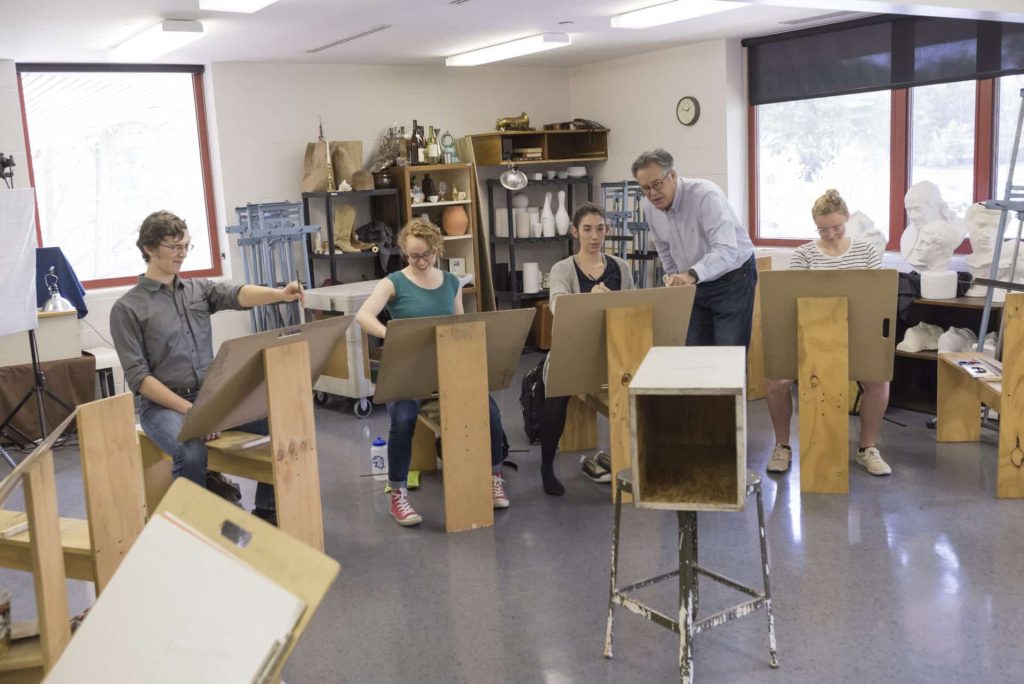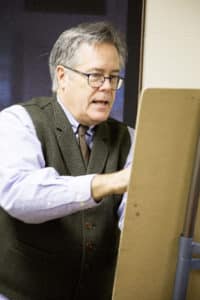
 These days, it’s easy to take a “selfie.” One tap of your phone screen, and you’ve got it. Self-portraits in paint, on the other hand, are difficult—a thousand brush strokes, a thousand judgments, and hour after painstaking hour of intricate work.
These days, it’s easy to take a “selfie.” One tap of your phone screen, and you’ve got it. Self-portraits in paint, on the other hand, are difficult—a thousand brush strokes, a thousand judgments, and hour after painstaking hour of intricate work.
The Dutch artist Rembrandt, renowned for his self-portraits, understood that this task of creating required extensive contemplation and practice. He knew how vital it was to study the way light falls on a face, or how shadows blur and hide features.
Rembrandt wanted to be the best artist in Holland, so he practiced long and hard. Because he didn’t have a lot of money, he became his own cheapest model. Looking at his face in a mirror, he could work as long as he wished. He studied the range of facial expressions, from sad to happy, from surprised to stern. The skill he gathered from his self-portrait research was put to good use when he created masterpieces such as the Supper at Emmaus or The Blinding of Samson.
When we look at a Rembrandt self-portrait, we can see more than just a face. Rembrandt strove to capture the “what” and “how”: What are the bones and muscles of the head that lie beneath the skin? How much do they reveal themselves? Beyond that, he wanted to explore the “who” and “why”: Who am I that I look this way? Why does painting help me understand each person’s individuality?
Part of his answer, I think, is this: Rembrandt felt the joy of being fully involved in observing humans. He felt fully alive while re-creating a human face and attempting to capture its likeness, even in his own face in old age.
That’s the joy of art for both the artist and the viewer. Art gives us a window into another person’s soul. It allows us to see beyond the surface. At the same time, we get a glimpse of the artist himself—the thoughts and struggles that go into creating a painting or sculpture. Unlike a smartphone selfie, taken in haste today and forgotten tomorrow, a painted self-portrait, with its unique handiwork and personality, endures.
Sam Knecht is a Signature Status Member of the Portrait Society of America and also Professor Emeritus of Art at Hillsdale College.
